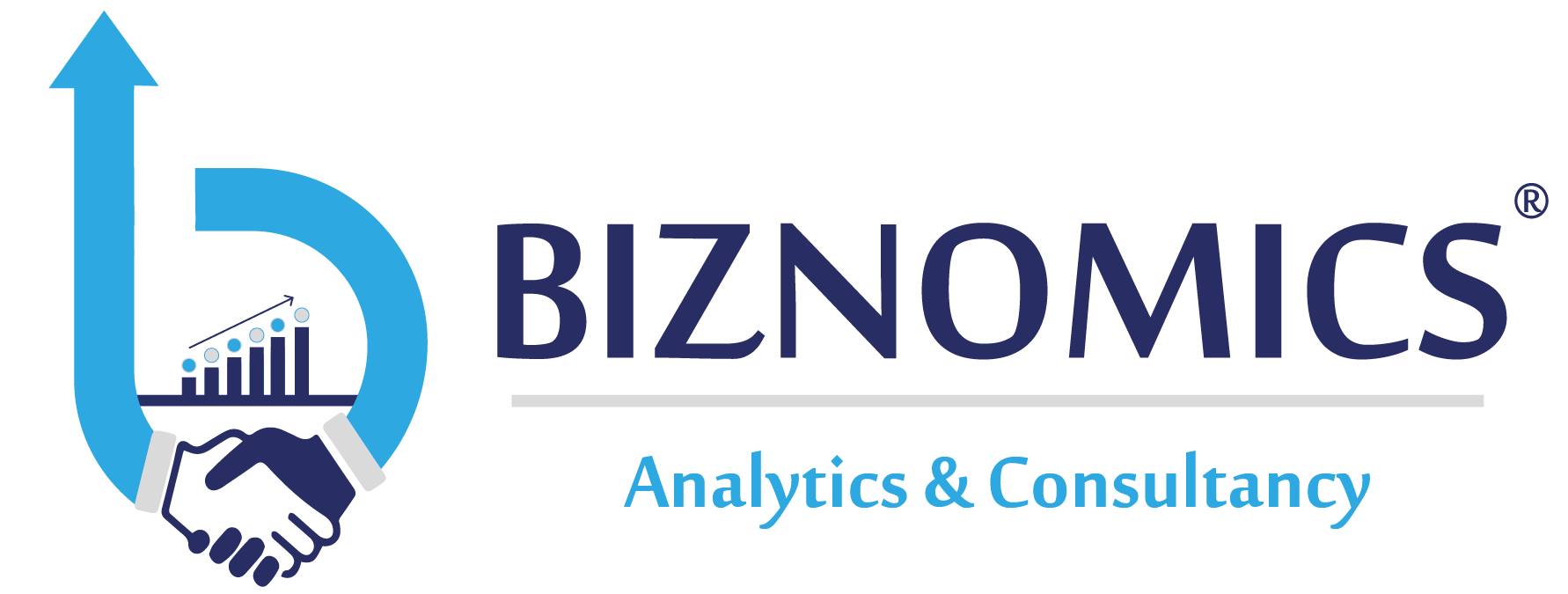
In any business, maintaining effective control over processes is essential for achieving operational efficiency, minimizing risks, and ensuring compliance with regulatory requirements. A Business Process Controls Audit serves as a systematic evaluation of an organization’s internal controls, identifying strengths, weaknesses, and areas for improvement within its operational processes. In this article, we’ll delve into the fundamentals of Business Process Control Audits, their importance, and provide examples to illustrate their practical application.
Understanding Business Process Control Audit:
A Business Process Controls Audit involves assessing the effectiveness of controls implemented within various business processes to mitigate risks, achieve objectives, and enhance overall performance. These audits typically encompass a comprehensive review of internal controls, documentation, procedures, and compliance measures across different functional areas such as finance, operations, human resources, and information technology.
Importance of Business Process Controls Audit:
- Risk Mitigation: By identifying control deficiencies and vulnerabilities within business processes, audits help mitigate risks related to fraud, errors, data breaches, and compliance violations.
- Operational Efficiency: Audits uncover inefficiencies and bottlenecks in processes, allowing organizations to streamline operations, reduce costs, and improve productivity.
- Compliance Assurance: Compliance with regulatory requirements and industry standards is crucial for organizations. Business Process Control Audits verify adherence to applicable regulations, ensuring legal and ethical business practices.
- Decision-Making Support: Audit findings provide management with valuable insights and recommendations to make informed decisions, prioritize resource allocation, and drive strategic initiatives.
Conducting a Business Process Controls Audit:
- Planning Phase: Define audit objectives, scope, and methodologies. Identify key processes to be audited and develop a detailed audit plan.
- Risk Assessment: Evaluate inherent risks associated with each business process, considering factors such as complexity, volume, and criticality to organizational objectives.
- Control Evaluation: Assess the design and operating effectiveness of internal controls within the selected processes. This involves reviewing control documentation, testing control activities, and validating compliance with policies and procedures.
- Findings Analysis: Analyze audit findings to identify control deficiencies, weaknesses, and areas for improvement. Classify findings based on severity and prioritize corrective actions.
- Recommendations and Remediation: Develop actionable recommendations to address identified deficiencies and enhance control environment. Collaborate with stakeholders to implement remediation plans and monitor progress towards resolution.
- Reporting and Communication: Prepare a comprehensive audit report summarizing findings, recommendations, and management responses. Communicate audit results to key stakeholders, including senior management and the audit committee.
Examples of Business Process Controls Audits:
- Financial Controls Audit: Assessing controls over financial reporting processes to ensure accuracy, integrity, and compliance with accounting standards. Example: Reviewing segregation of duties within the accounts payable process to prevent unauthorized payments and fraud.
- Inventory Management Audit: Evaluating controls related to inventory tracking, valuation, and reconciliation to minimize inventory shrinkage and optimize inventory turnover. Example: Performing a physical inventory count and comparing results to recorded inventory levels to identify discrepancies and control weaknesses.
- Information Technology (IT) Controls Audit: Examining controls over IT systems, data security, and cyber threats to safeguard sensitive information and ensure availability, confidentiality, and integrity of data. Example: Reviewing access controls and user permissions within enterprise systems to prevent unauthorized access and data breaches.
- Human Resources (HR) Controls Audit: Assessing controls over HR processes such as employee onboarding, payroll, and performance management to ensure compliance with employment laws and regulations. Example: Validating the accuracy and completeness of employee records and personnel files to verify compliance with data privacy regulations.
Business Process Controls Audits play a vital role in enhancing organizational effectiveness, mitigating risks, and ensuring compliance with regulatory requirements. By conducting systematic evaluations of internal controls and implementing remediation measures, businesses can optimize their operations and achieve sustainable growth in today’s competitive landscape.
